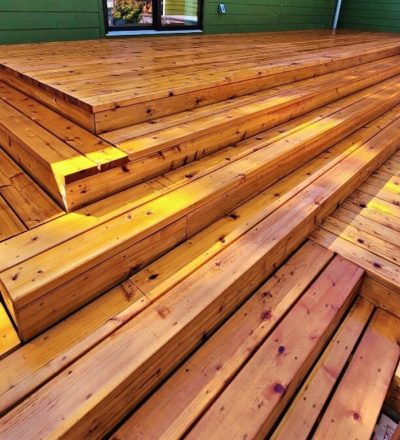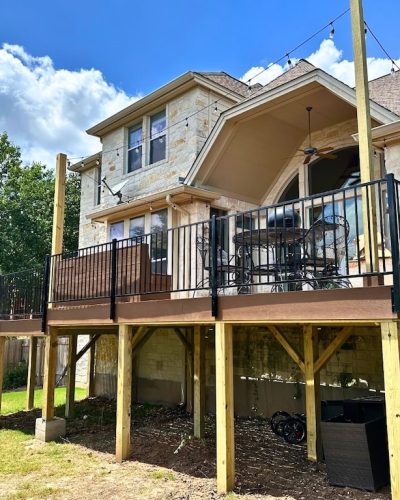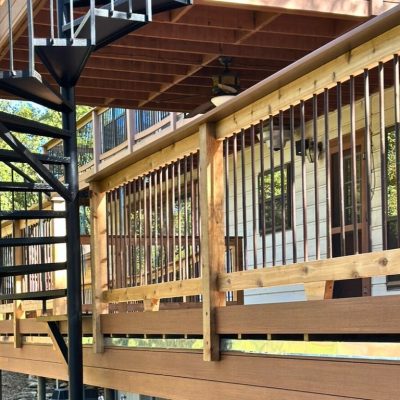Deck Inspection Austin
Ready to add timeless warmth and natural beauty to your backyard? At Ace Deck Builders, we design and build durable wood decks that fit your style and stand up to Austin’s climate. Let’s bring your dream deck to life—schedule your free consultation today!
Call Now
(512) 566-7519
Request Free Estimate



